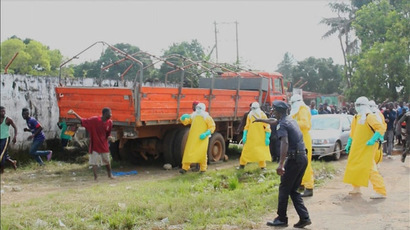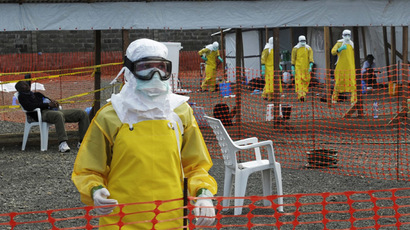Ebola worst-case scenario: Over half a million people infected
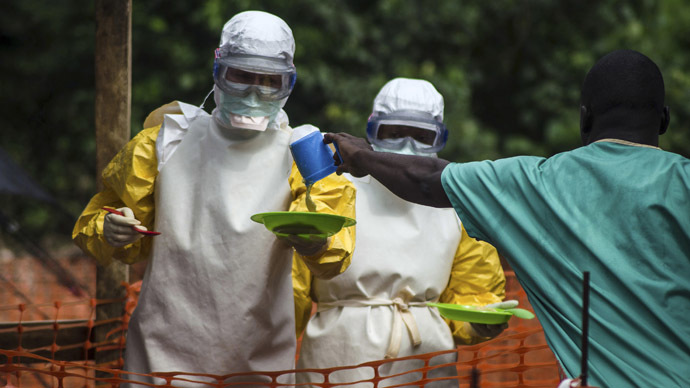
The US Centers for Disease Control and Prevention is preparing a worst-case-scenario report on the West African Ebola outbreak. The disease could spread to over half a million people if no additional action is taken to contain it, early estimates predict.
As of Sunday, there were 5335 probable, confirmed and suspected cases of Ebola across Guinea, Liberia, Sierra Leone, Nigeria and Senegal. Of those, 2622 people have died, the World Health Organization (WHO) announced Thursday.
The CDC’s report, which is scheduled to be released next week, will estimate how many people the disease will infect by the end of January, assuming no additional aid or intervention by governments and relief agencies occurs.
“CDC is working on a dynamic modeling tool that allows for recalculations of projected Ebola cases over time,” Barbara Reynolds, a spokeswoman for the agency, said in an e-mail to Bloomberg. “CDC expects to release this interactive tool and a description of its use soon.”
The current projection of 550,000 cases is currently being reviewed by researchers, and may change, two people familiar with its contents, who asked to remain anonymous because it isn’t yet public, told Bloomberg.

While the CDC’s estimate vastly outstrips previous projections, it is perhaps overly pessimistic because countries around the world are scrambling to take action to contain the highly contagious disease.
WHO Director-General Margaret Chan has said she will continue to push governments to contribute to the effort. Chan is under attack for her decision to delay designating the Ebola outbreak as a global emergency until thousands were infected in three countries. This week the WHO was eclipsed as the leader of the humanitarian efforts to control the epidemic, Bloomberg reported.
The WHO says it increased its internal risk assessment on Ebola to the highest of four grades, or requiring a “substantial international response,” on July 26, two weeks before declaring a global health emergency. Chan had previously met with the leader of Guinea ‒ where the outbreak began ‒ as well as leaders of Liberia and Sierra Leone. She also mobilized WHO experts and set up a sub-regional hub to coordinate the organization’s response in Conakry, the capital of Guinea.
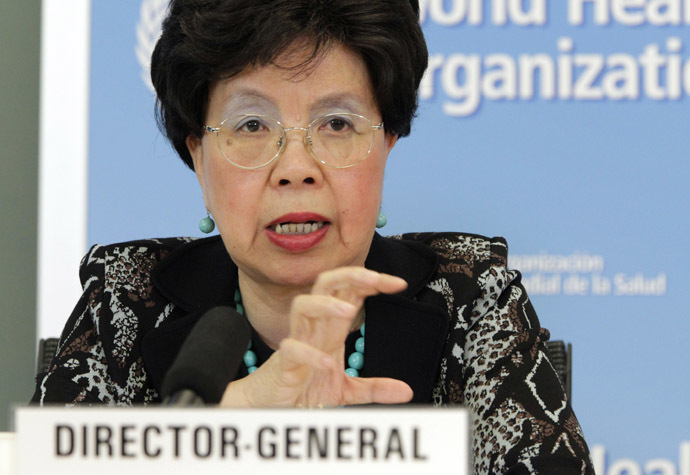
New treatments and potential vaccines are being tested in a trial-by-fire in West Africa, with the WHO’s blessing. The experimental drugs have often not gone through testing on animals, and were not previously approved for human trials.
On Tuesday, President Barack Obama announced the US will send 3,000 troops to West Africa in an attempt to get the situation under control. The United Kingdom previously said it will send military and humanitarian experts to Sierra Leone to set up medical treatment centers in areas affected by the Ebola outbreak. France, meanwhile, is sending 20 specialists in biological disasters to the region.
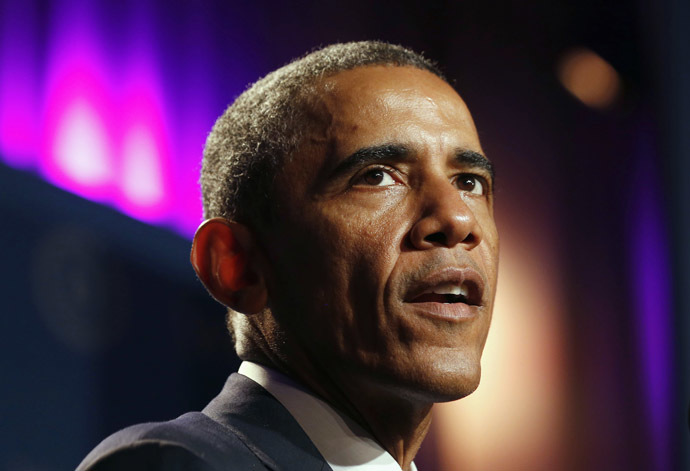
Even with all these actions, experts have no idea how devastation the crisis will end up being. Last month, the WHO predicted the outbreak could reach 20,000 cases before it is brought under control. That projection is already outdated, WHO spokesman Dan Epstein told Bloomberg.
“In the three weeks since then the numbers have doubled, so all three countries are still reporting cases on a steep upward curve,” Epstein said in a phone interview on Friday. “We don’t have a good idea of how big this epidemic will become.”
If the response is not increased, there may be as many as 5,000 new cases a week, he said.

And the larger the epidemic becomes, the higher the risk of it reaching the United States.
"If the epidemic continues at this growth rate and produces more and more cases, obviously the probably increases with time," Alessandro Vespignani told the Washington Post. Vespignani is a Northeastern University professor who is modeling the likelihood of Ebola spreading to the United States. "That means that in October, it would be 20 percent or more, and then it will grow. The probability is increasing."













